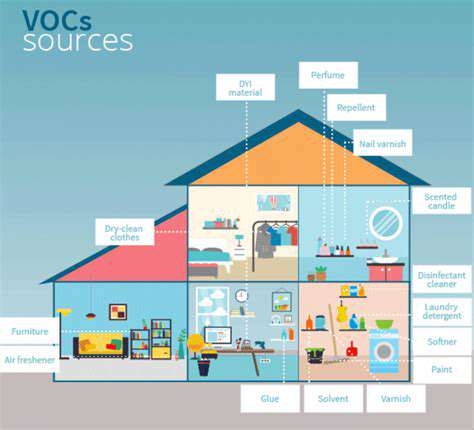

选择低挥发性有机化合物替代品
了解挥发性有机化合物 (VOCs)
挥发性有机化合物 (VOCs) 是能在室温下轻易汽化的有机化学物质。这些物质存在于各种产品中,从油漆和清洁剂到家具和建筑材料。了解
减轻挥发性有机化合物 (VOC) 影响的通风策略
改善室内空气质量
减轻挥发性有机化合物 (VOC) 影响的关键方面是提高室内空气质量。这需要一个多方面的策略,而不仅仅是打开窗户。实施战略
Disclaimer: All articles on this site are original, please do not reprint